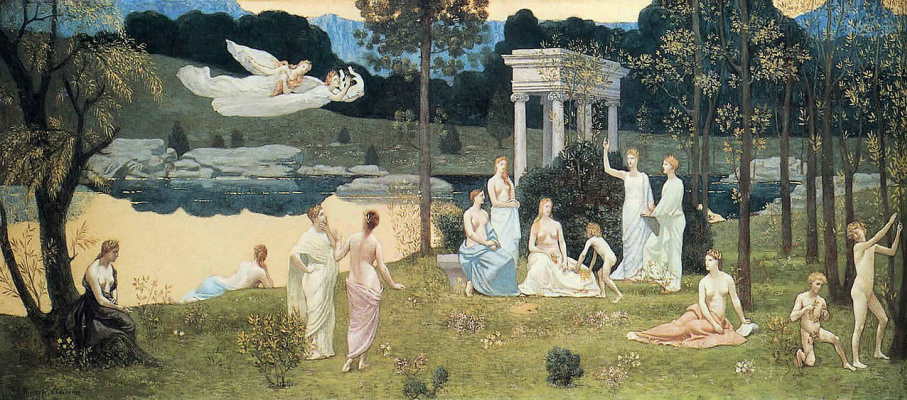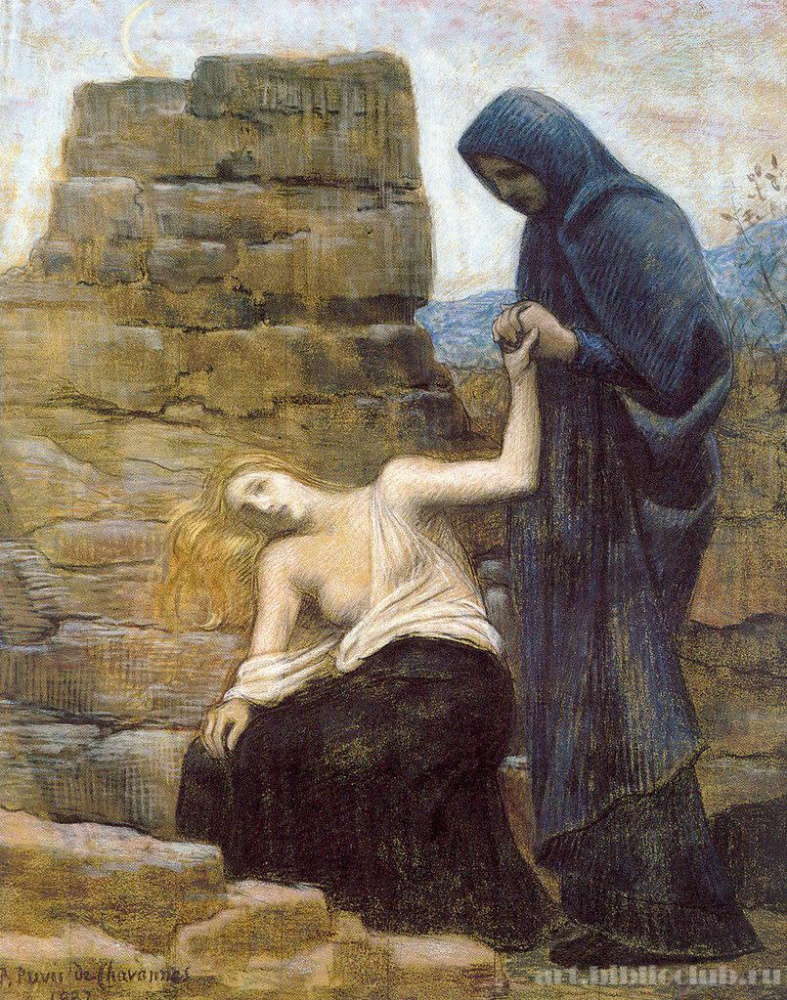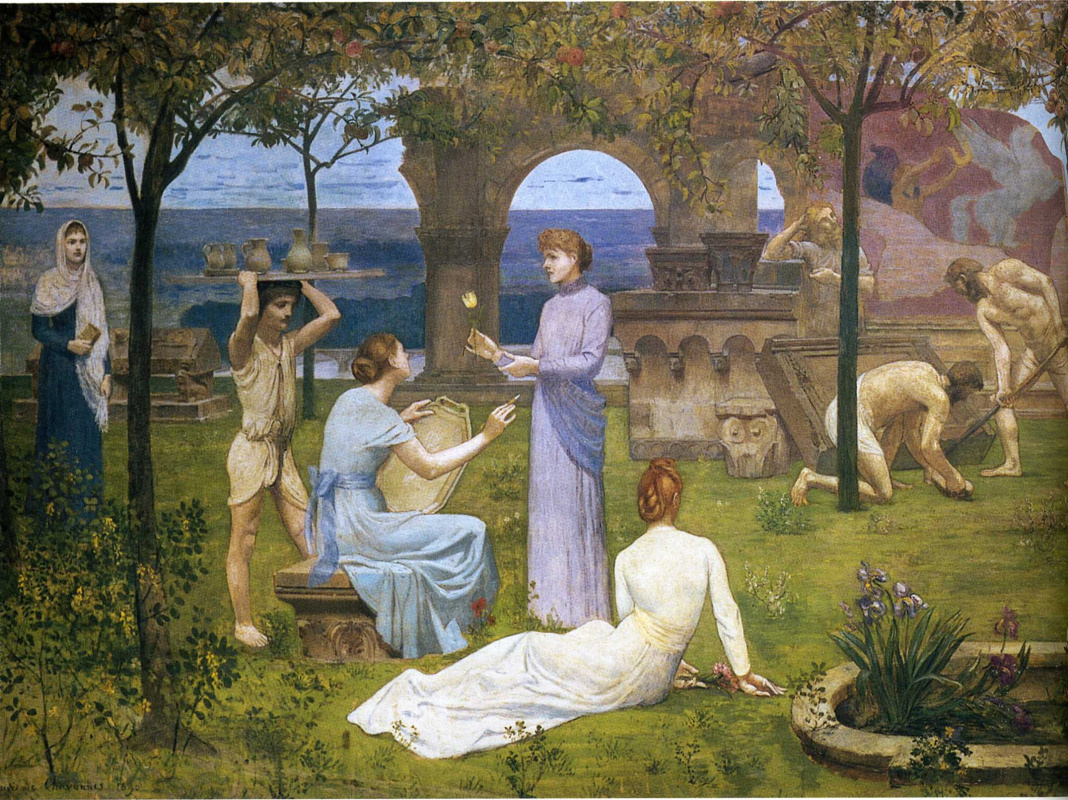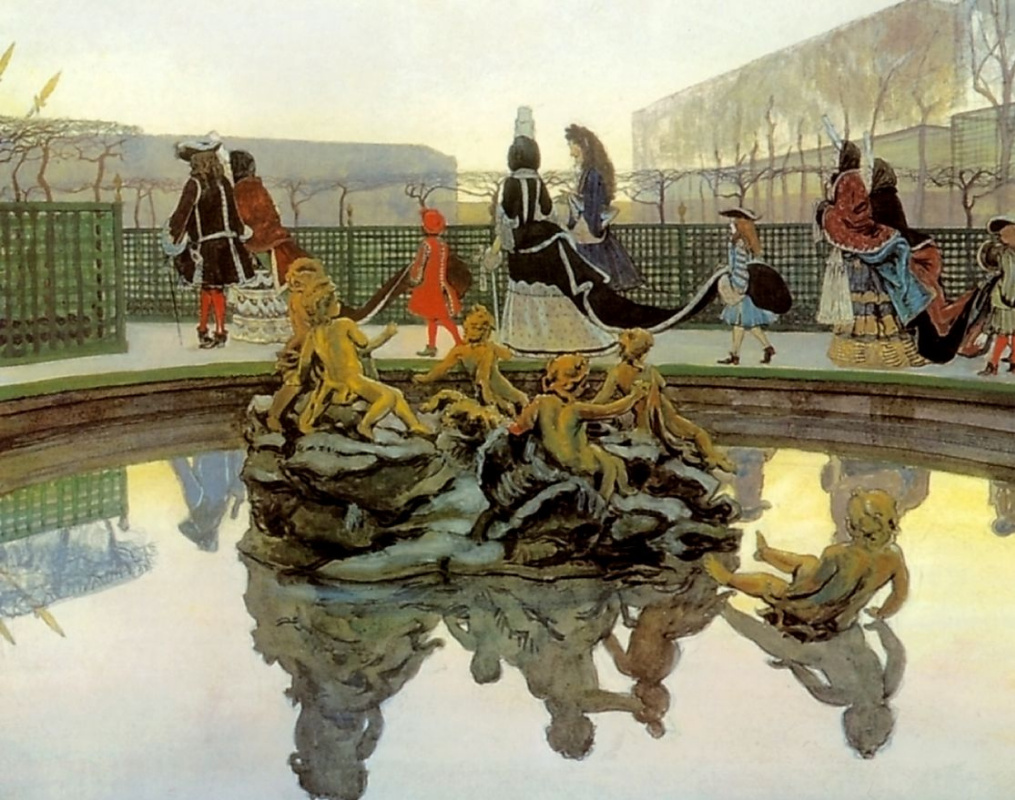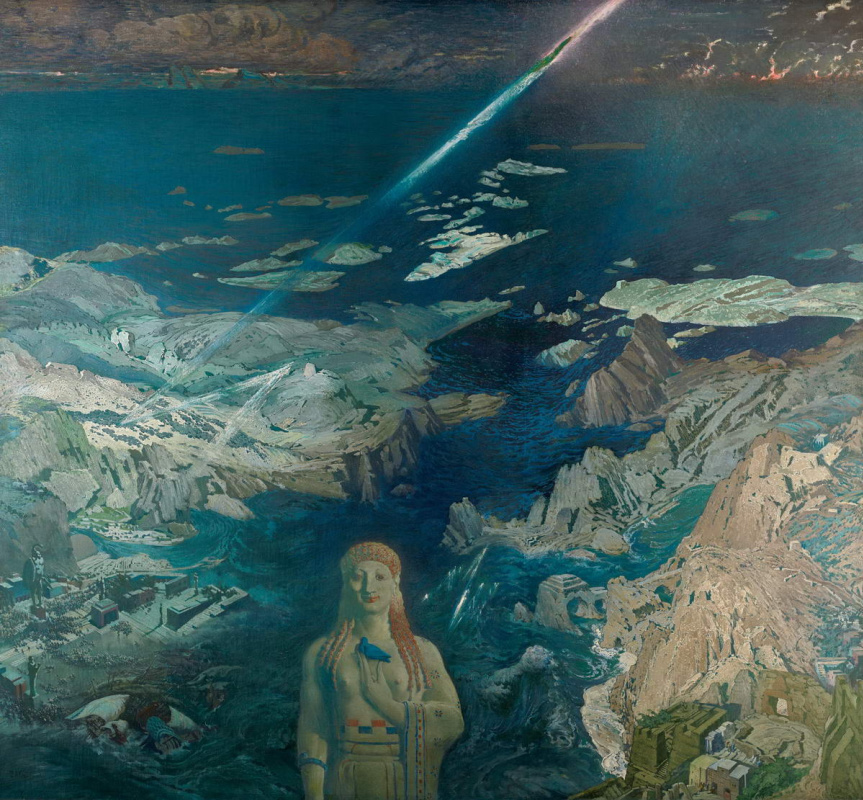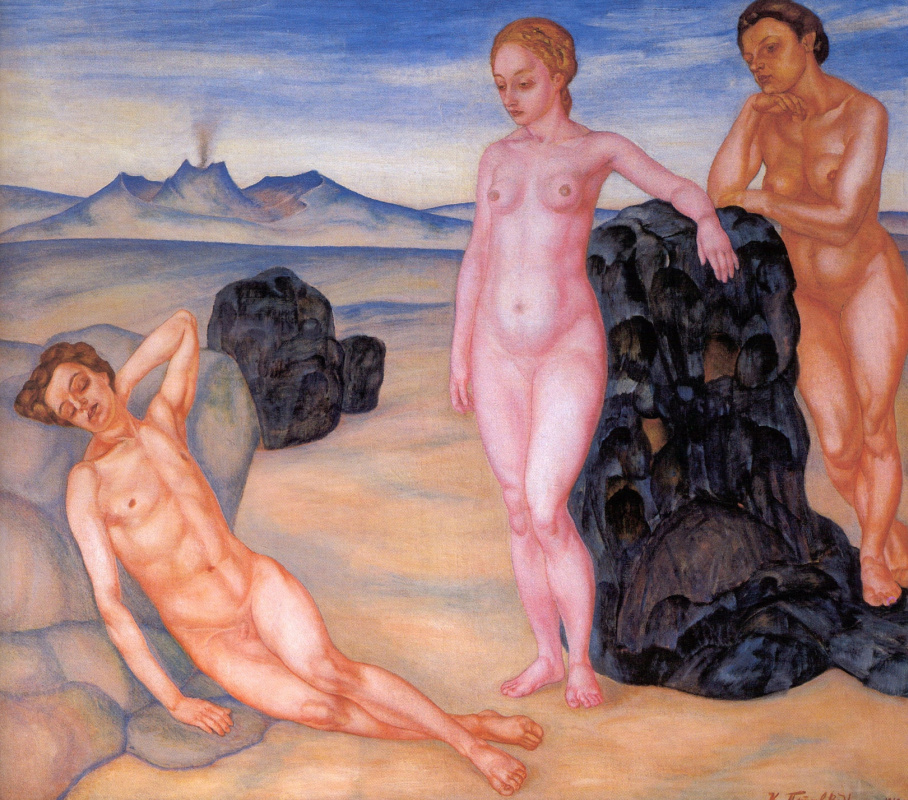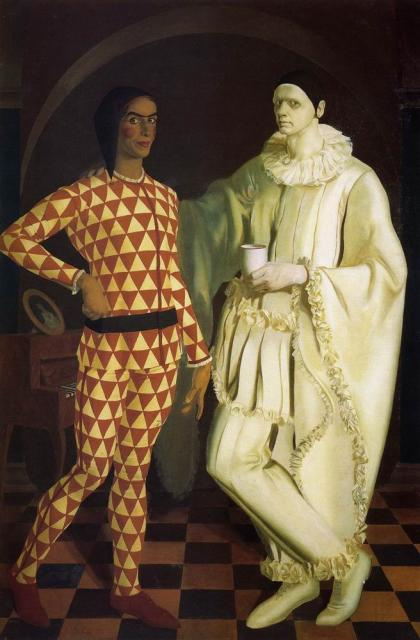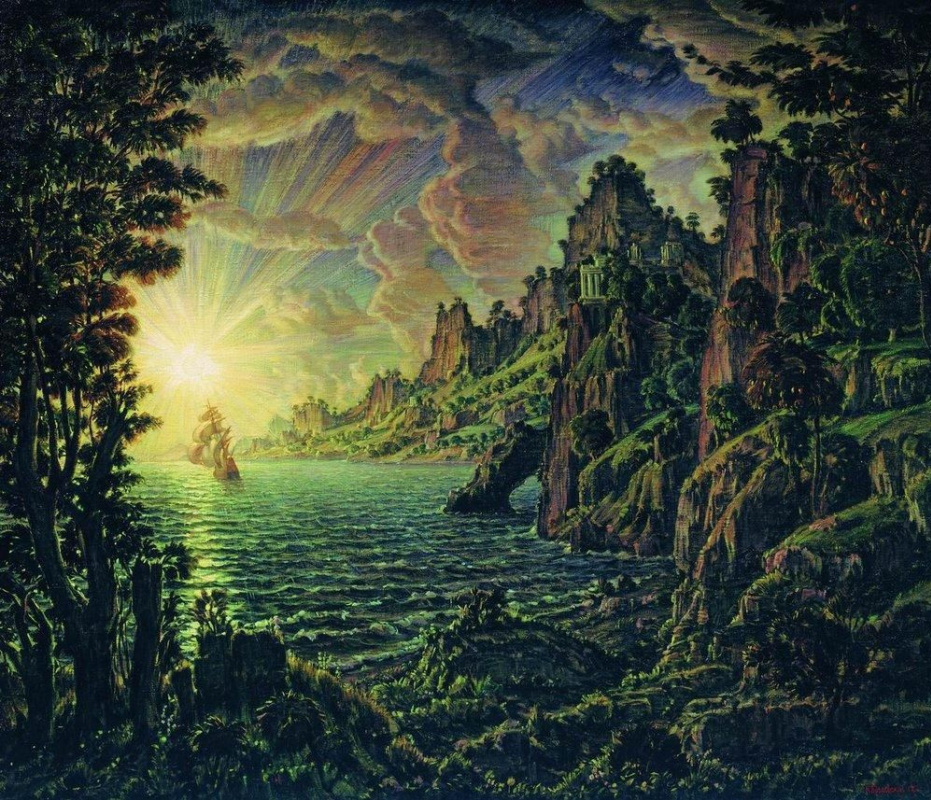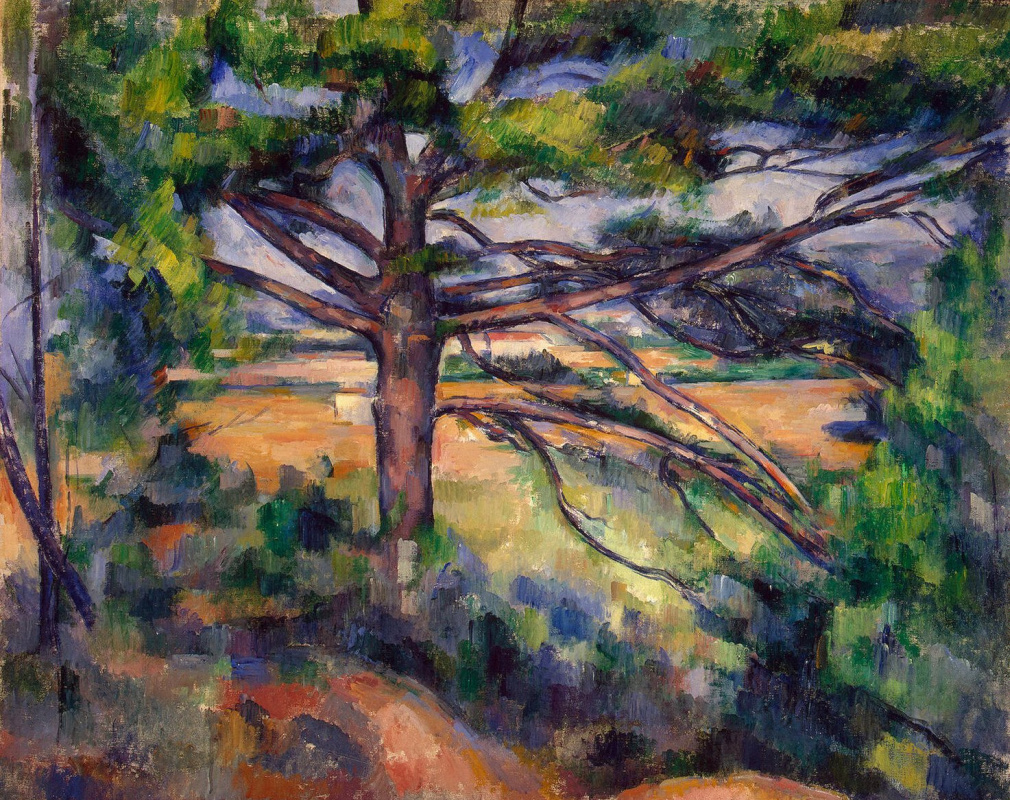Neoclassicism is a complex term. In art history, Neoclassicism is usually called a movement of the second half of the 18th — the first third of the 19th century, coinciding with Jacques-Louis David's era and coming after the early Classicism
. Russian art historians consider Neoclassicism to be an artistic phenomena of the last third of the 19th -early 20th century, reinterpreting the canons of the Greek and Roman antiquity, the Renaissance
and the Classicism
of the 18−19th centuries.
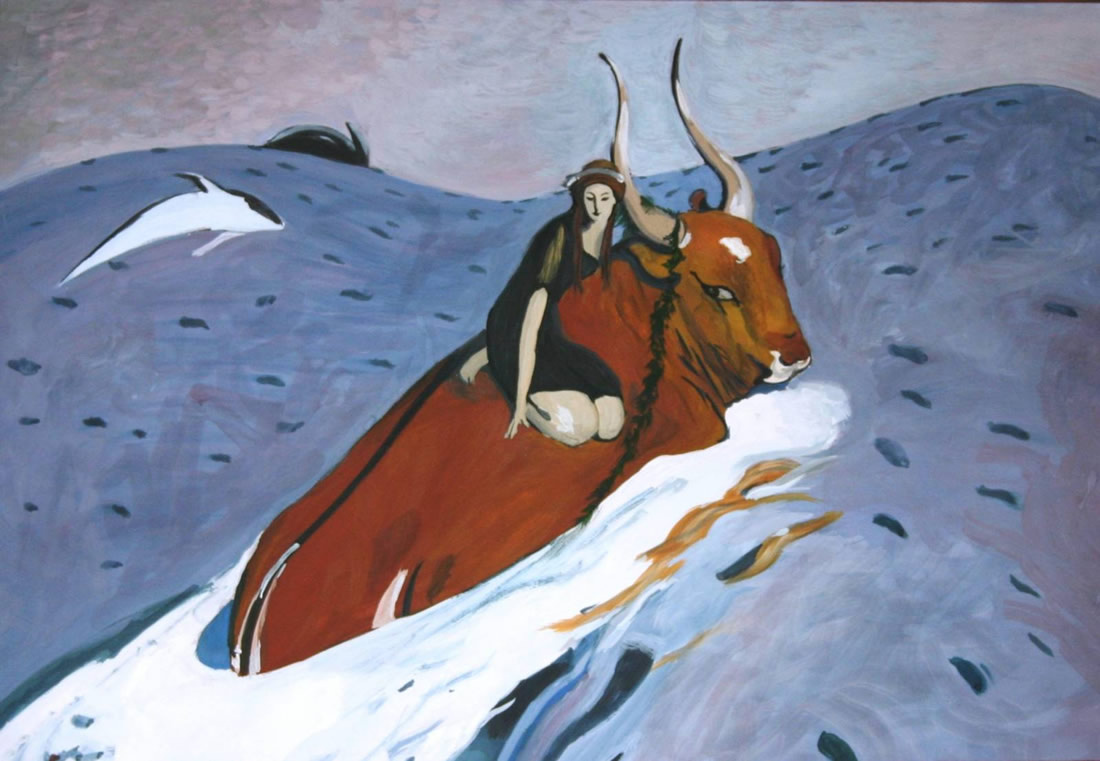
At the turn of the XIX—XX centuries, Neoclassicism with its desire to revive and retain classical harmony in a rapidly changing world was a characteristic phenomenon of "fin de siècle", "the end of a century".
Periodization
The end of XIX — the beginning of the XX century in Europe, Russia and the United States.
Why did it appear?
Fin de siècle, the era of the end of the century, is indeed a turning point. The air is filled at the same time with the expectation of change and fear of it, a premonition of impending catastrophe and a desire to find support in order to hold one’s ground in this whirlwind sweeping away everything familiar, which used to seem solid. Neoclassicism, with its striving to observe classical proportions, logic and clear pictorial plastic arts, appeared as a response of a number of artists and architects to Art Nouveau’s decorative redundancy, and as an attempt to find lost harmony.
Characteristic features
In architecture, it was characterized by classic orders, symmetrical composition, distinct silhouettes, the use of antique ornamental forms, the desire to create city ensembles (neoclassicism in architecture was purely St. Petersburg’s phenomenon: while the Neo-Russian style and Art Nouveau were popular in Moscow, Neoclassicism developed mainly in St. Petersburg), and aestheticization of the past — retrospectivism.
In painting and sculpture, the art movement was an appeal to the ancient pantheon, the images from Greek and Roman mythology and literature, and it was marked by the idealization of nature, the cult of the beautiful body, precise drawing and composition, distinct lines and silhouettes.
The most famous Neoclassical artists: Pierre Puvis de Chavannes, Ferdinand Hodler, Léon Bakst, Valentin Serov (late work), Anna Ostroumova-Lebedeva, Viktor Borisov-Musatov, Kuzma Petrov-Vodkin, Konstantin Bogaevsky, Vasily Shukhaev, Alexander Yakovlev.
Neoclassical sculptors: Adolf von Hildebrand, Emile Antoine Bourdelle, Aristide Maillol.
Architects: Auguste Perret, Ivan Fomin, Fyodor Lidval, Peter Behrens.
The end of XIX — the beginning of the XX century in Europe, Russia and the United States.
Why did it appear?
Fin de siècle, the era of the end of the century, is indeed a turning point. The air is filled at the same time with the expectation of change and fear of it, a premonition of impending catastrophe and a desire to find support in order to hold one’s ground in this whirlwind sweeping away everything familiar, which used to seem solid. Neoclassicism, with its striving to observe classical proportions, logic and clear pictorial plastic arts, appeared as a response of a number of artists and architects to Art Nouveau’s decorative redundancy, and as an attempt to find lost harmony.
Characteristic features
In architecture, it was characterized by classic orders, symmetrical composition, distinct silhouettes, the use of antique ornamental forms, the desire to create city ensembles (neoclassicism in architecture was purely St. Petersburg’s phenomenon: while the Neo-Russian style and Art Nouveau were popular in Moscow, Neoclassicism developed mainly in St. Petersburg), and aestheticization of the past — retrospectivism.
In painting and sculpture, the art movement was an appeal to the ancient pantheon, the images from Greek and Roman mythology and literature, and it was marked by the idealization of nature, the cult of the beautiful body, precise drawing and composition, distinct lines and silhouettes.
The most famous Neoclassical artists: Pierre Puvis de Chavannes, Ferdinand Hodler, Léon Bakst, Valentin Serov (late work), Anna Ostroumova-Lebedeva, Viktor Borisov-Musatov, Kuzma Petrov-Vodkin, Konstantin Bogaevsky, Vasily Shukhaev, Alexander Yakovlev.
Neoclassical sculptors: Adolf von Hildebrand, Emile Antoine Bourdelle, Aristide Maillol.
Architects: Auguste Perret, Ivan Fomin, Fyodor Lidval, Peter Behrens.
The sacred wood cherished by the Arts and the Muses
1889, 292×221 cm
Neoclassicism in Europe
The aspiration to classical antiquity can be clearly traced in the work of a number of leading European artists of the late 19th — early 20th century. One of them was a French artist Pierre Puvis de Chavannes, master of monumental compositions, who was reinterpreting ancient motifs and preferring the language of allegories. However, unlike the Renaissance masters and his favourite Poussin, de Chavannes was primarily interested in the search for self-sufficient beauty, and therefore his paintings were deliberately decorative. He didn’t make it his mission to find answers to philosophical questions or teach the viewers some morals. Many art historians tend to call de Chavannes’s method the designer one.
Compassion
1887
The most influential Neoclassical sculptors were Emile Antoine Bourdelle (1861−1929) and Aristide Maillol (1861−1944). The legacy of ancient culture became their inexhaustible source of inspiration. Bourdelle’s art is based on the idea of synthesis of architecture and monumental plastics. He devoted his whole life to the search for the laws of plastic arts, known to the masters of Ancient Greece.
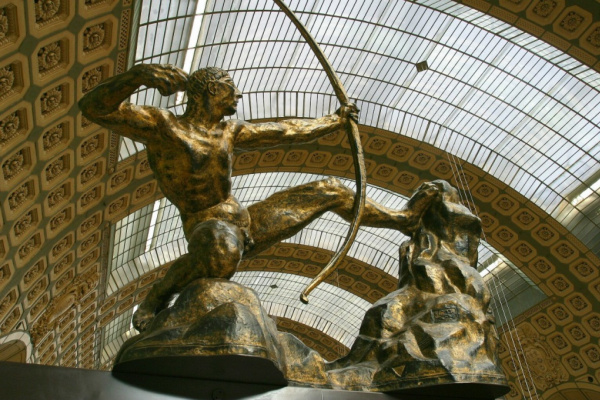
Antoine Bourdelle. Hercules the Archer (1909, gilt-bronze. Musée d’Orsay, Paris. Photo source: www. musee-orsay.fr).
The hero shoots the Stymphalian birds having sharp metallic feathers while the birds shoot their feathers back like arrows, kill people and eat their meat.
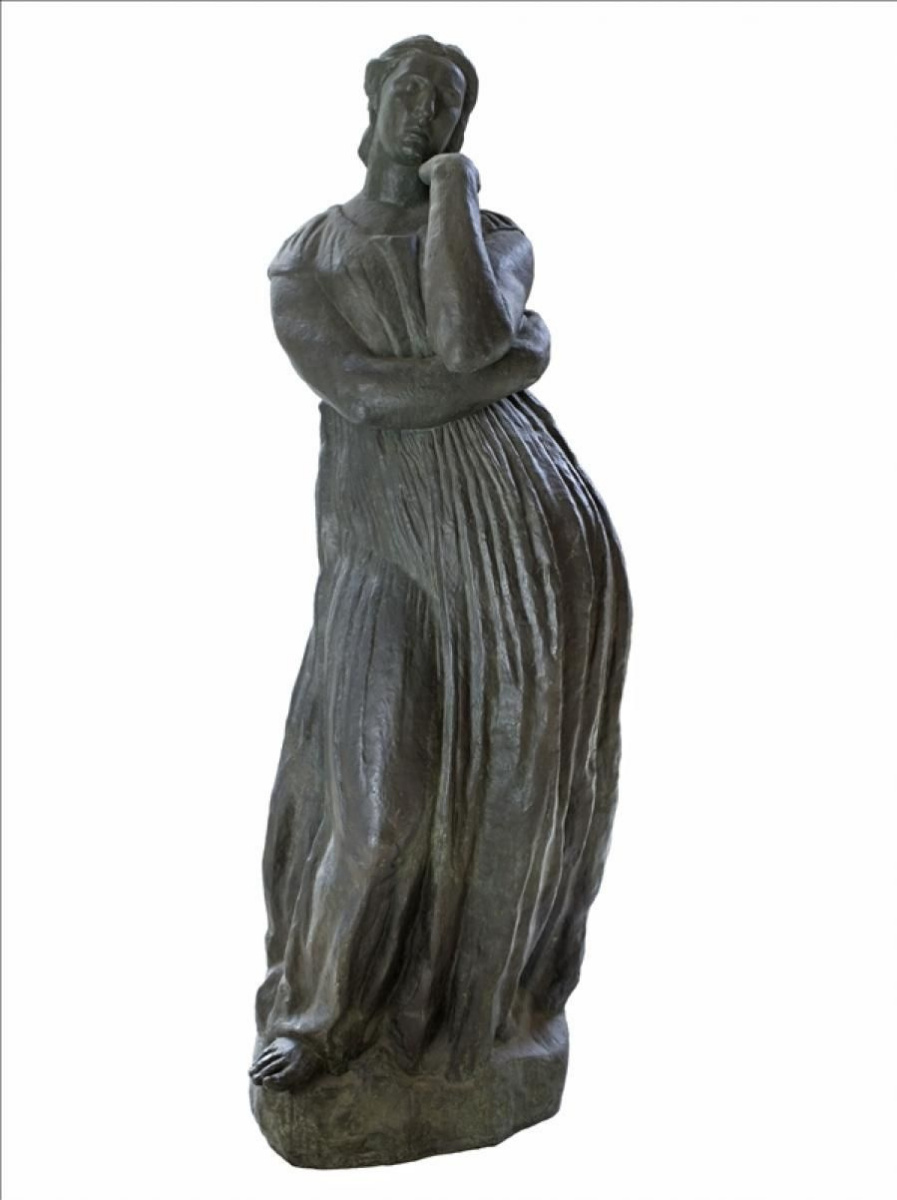
Antoine Bourdelle. Pénélope, 1905−1912. The Musée Bourdelle, Paris. Photo source: www.bourdelle.paris.fr
Aristide Maillol, who worshipped the Greek plastic art, adopted the cult of the beautiful harmonious body from the Greeks.
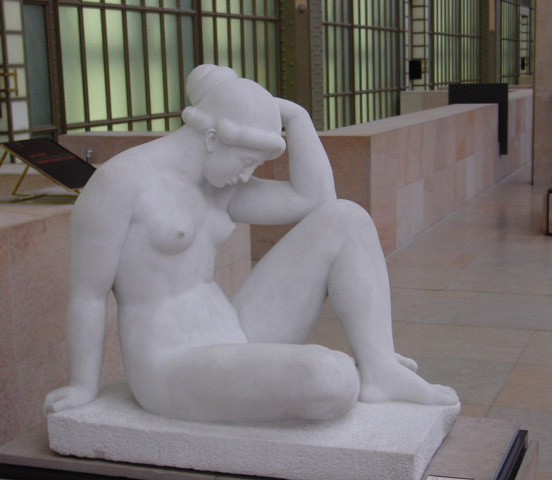
A. Maillol. The Mediterranean, 1901−1905.
The Musée Maillol, Paris.
Source of the image: www.wikiart.org
The Musée Maillol, Paris.
Source of the image: www.wikiart.org
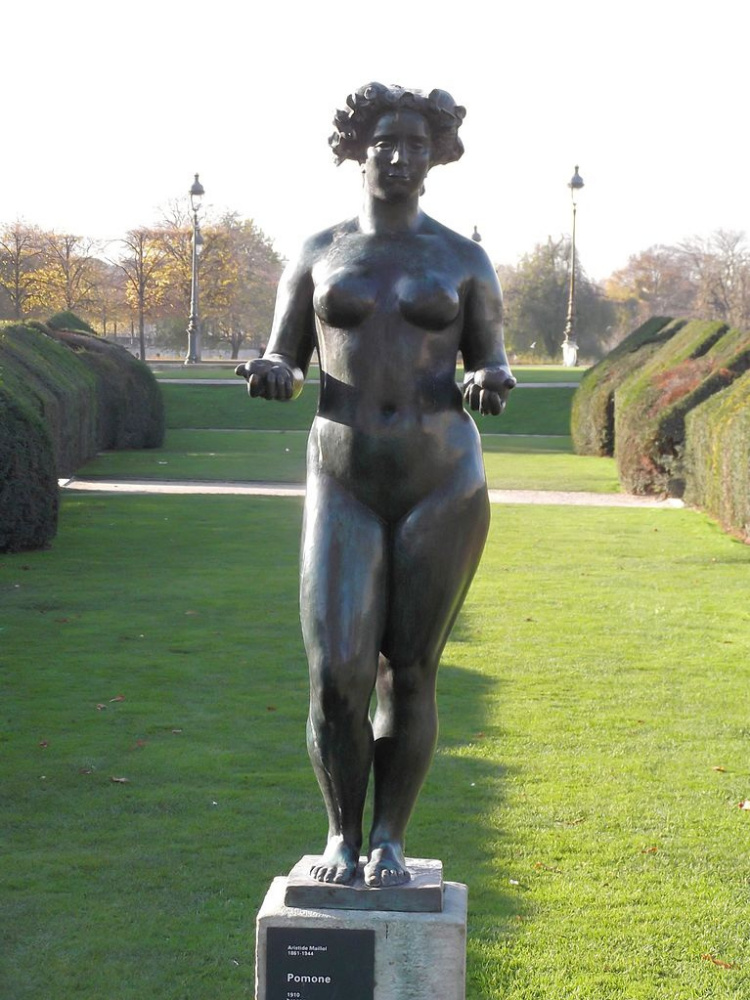
A. Maillol. Pomona, c. 1910. Tuileries Gardens, Paris
Source of the image: www.wikiart.org
Source of the image: www.wikiart.org
In order to understand the conceptual foundation and periods of Сlassicism and Neoclassicism as seen by western art historians, read Arthive’s publication Classicism of the 18th — first third of the 19th century: the second wave.
Neoclassicism in Russia
In Russia, the adherents of Neoclassicism were the representatives of the artistic movement Mir iskusstva (the World of Art), which aesthetized the past. A critical part here was played by St. Petersburg: making illustrations for The Bronze Horseman by Alexander Pushkin, Alexandre Benois revived the "golden age" of St. Petersburg.
The frontispiece to the poem of A. S. Pushkin "the bronze Horseman"
1905, 31.5×42 cm
Benois admired the classical heritage of France and the era of Louis XIV, The Sun King, and called St. Petersburg "Versailles of the North."
The walk of a king
1906, 62×48 cm
A passion for antiquity was characteristic of Leon Bakst (the only force capable of resisting the oncoming chaos was the archaic Aphrodite in his Ancient Horror, 1908), the late Serov, Vrubel and Petrov-Vodkin.
Ancient horror
1908, 250×270 cm
Sleep
1910, 161×187 cm
Neoacademists Alexander Yakovlev and Vasily Shukhaev were into Neoclassicism; Konstantin Bogaevsky, Kuindzhi's disciple, tried to revive the concept of the classical landscape
.
Ships
1912
But it was in the architecture of St. Petersburg where Neoclassicalism gained its triumphant evocation, being called the "Petersburg Renaissance
." Neoclassicism is the first in the history of St. Petersburg’s architecture large-scale art movement, based on its own historical heritage.

F. Lidval. The Azov-Don Commercial Bank Building in St. Petersburg, 1908−1909
Source of the image: www.opeterburge.ru
Source of the image: www.opeterburge.ru
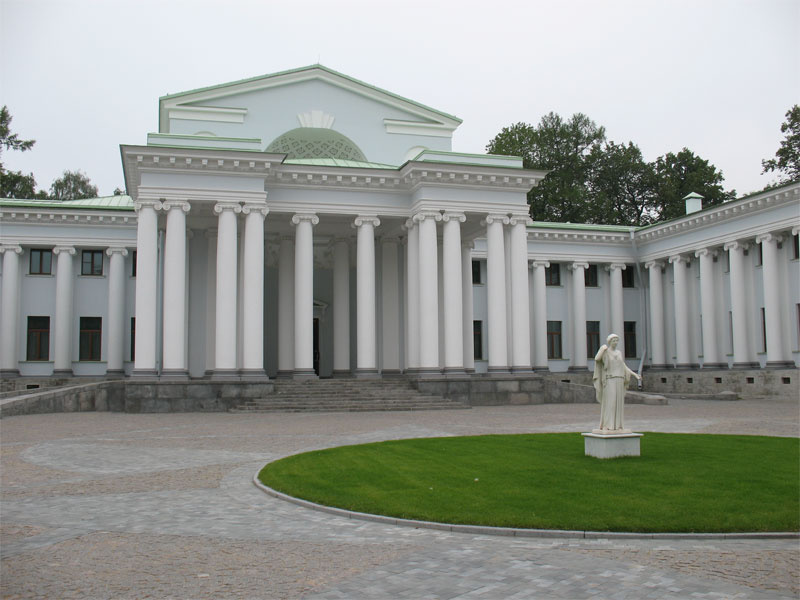
I. Fomin. Polovtzov Mansion on the Kamenny Islands in Saint Petersburg, 1911−1913
Source of the image: www.opeterburge.ru
Source of the image: www.opeterburge.ru
Great pine tree near AIX
1897, 72×91 cm
In the 1920s, Pablo Picasso entered the period of "Neoclassicism"; illustrations for Ovid’s Metamorphoses are among his best works of that period.
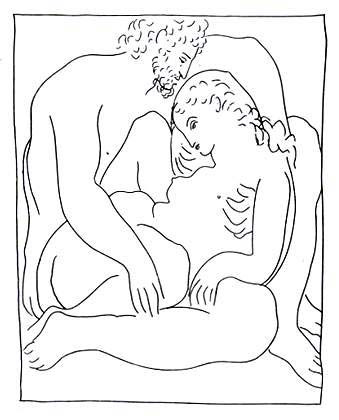
Pablo Picasso. The Love of Jupiter and Semele. Etching
. From the illustrations for Ovid’s Les Métamorphoses, 1930
Source of the image: www.picassolive.ru
You are an expert if you:
— are familiar with both conceptions of periodization of Neoclassicism: the foreign and the Russian one
— can trace the influence of Renaissance artists (Giovanni Bellini, Andrea Mantegna and Raphael) in The Rape of Europe by Serov, Ancient Horror by Bakst, Sleep and Boys playing by Petrov-Vodkin.
— see Claude Lorrain's influence in Bogaevsky’s landscapes.
— can conduct an excursion "St. Petersburg as the embodiment of Neoclassicism in architecture".
— can trace the influence of the ancient classics in the work of Cézanne, Picasso and Matisse.
You are a layman if you:
— think that Art Nouveau was the only significant style in art and architecture at the turn of theXIX—XX centuries.
— consider Maillol’s sculptures to be just nudes.
— have never heard of the artistic movement Mir iskusstva (the World of Art).
— don't see any correlation between Puvis de Chavannes’s art and the one of the artists of Renaissance and Classicism .
— are familiar with both conceptions of periodization of Neoclassicism: the foreign and the Russian one
— can trace the influence of Renaissance artists (Giovanni Bellini, Andrea Mantegna and Raphael) in The Rape of Europe by Serov, Ancient Horror by Bakst, Sleep and Boys playing by Petrov-Vodkin.
— see Claude Lorrain's influence in Bogaevsky’s landscapes.
— can conduct an excursion "St. Petersburg as the embodiment of Neoclassicism in architecture".
— can trace the influence of the ancient classics in the work of Cézanne, Picasso and Matisse.
You are a layman if you:
— think that Art Nouveau was the only significant style in art and architecture at the turn of the
— consider Maillol’s sculptures to be just nudes.
— have never heard of the artistic movement Mir iskusstva (the World of Art).
— don't see any correlation between Puvis de Chavannes’s art and the one of the artists of Renaissance and Classicism .
Author: Anna Pashina. Based on the book by S. Daniel European Classicism
.






